CNSM Research Snapshots
Learn about our faculty research and keep up with the newest information on our laboratories.
New CNSM laboratories are featured monthly! If you would like your lab to be featured, please reach out to the CNSM Associate Dean for Research.
Dr. Thomas Gredig
April 2025 Snapshot
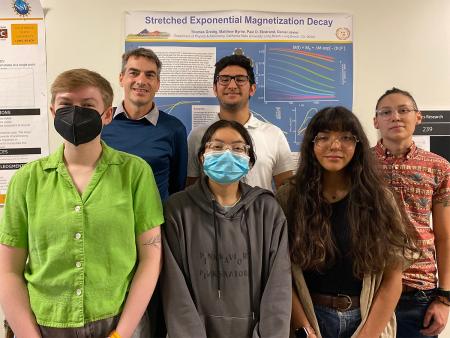
Dr. Thomas Gredig, professor in the Physics and Astronomy Department, heads the Gredig Molecular Thin Film Lab. Student researchers in this lab are interested in solving problems related to thin films made from small molecules.
Material properties change completely when you make a thin film, since the surface can become more important than the inside. Thin film thickness is measured in units of nanometers; i.e., these films are tens of atoms or molecules thick.
Thin Film Group students deposit these thin films, layer-by-layer in a controlled environment to create reproducible samples and use atomic force microscopy and x-ray diffraction to measure the structural surface properties. If their samples were as long as the Eiffel tower, then the thickness of this Eiffel tower would be half a hair's width!
Data from student projects in the Thin Film Group help to create solutions for real-world issues such as energy consumption by artificial intelligence (AI) and other data centers.
Learn more about Dr. Thomas Gredig and his work.
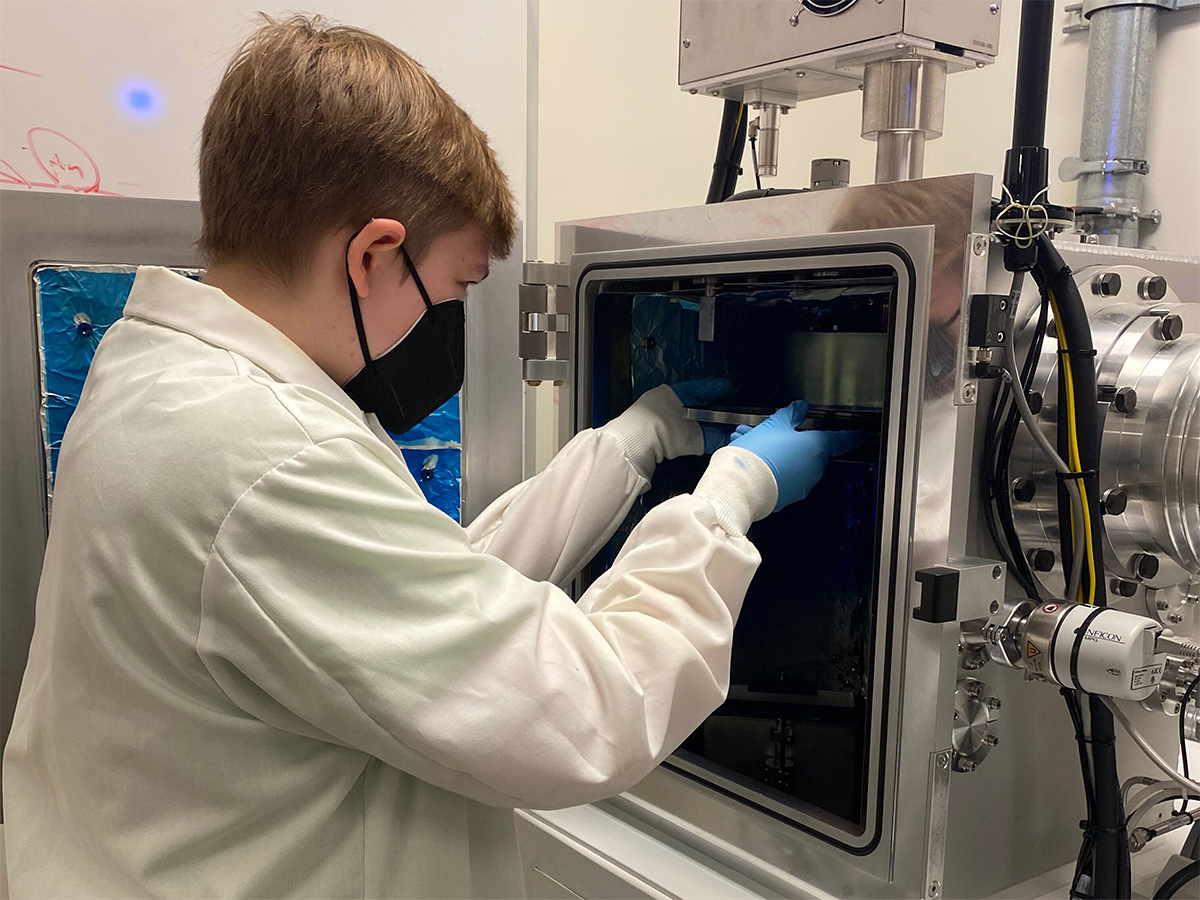
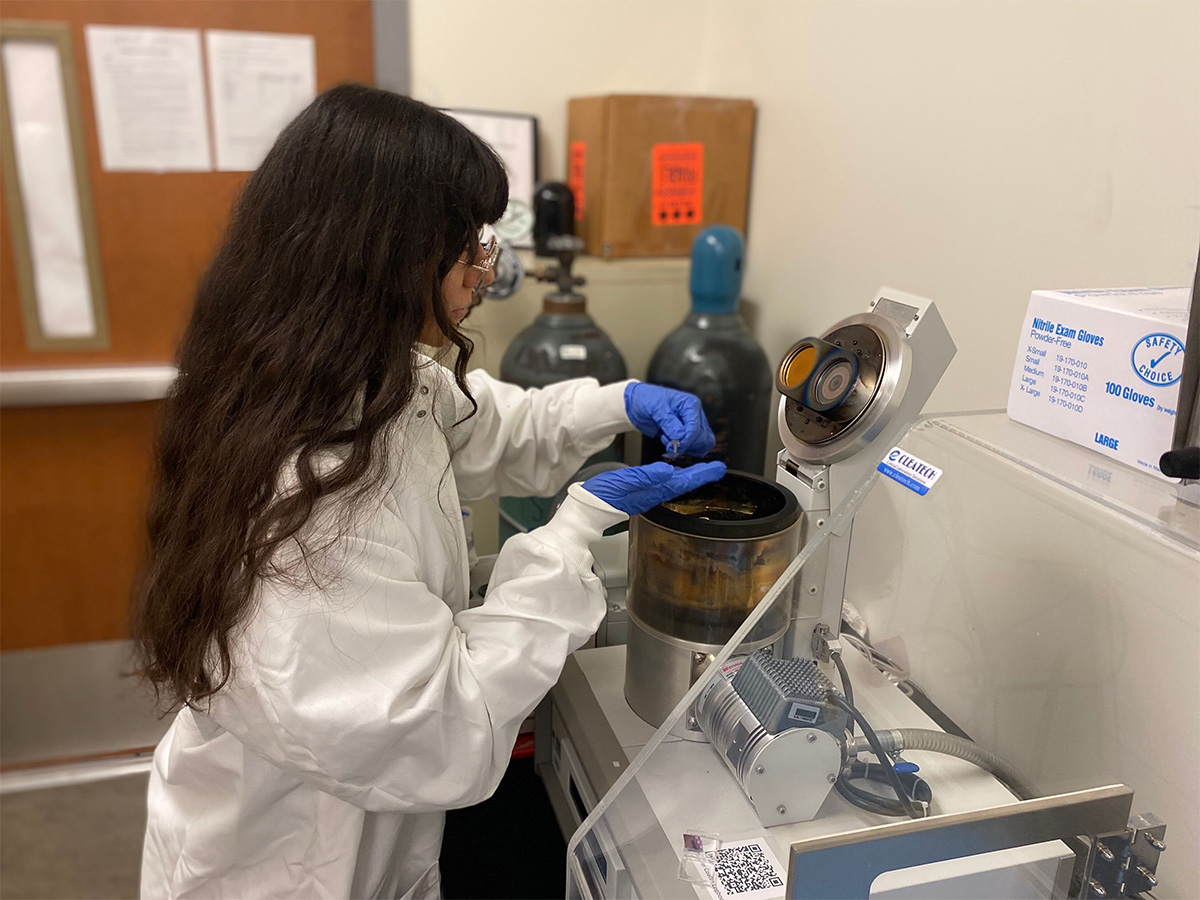
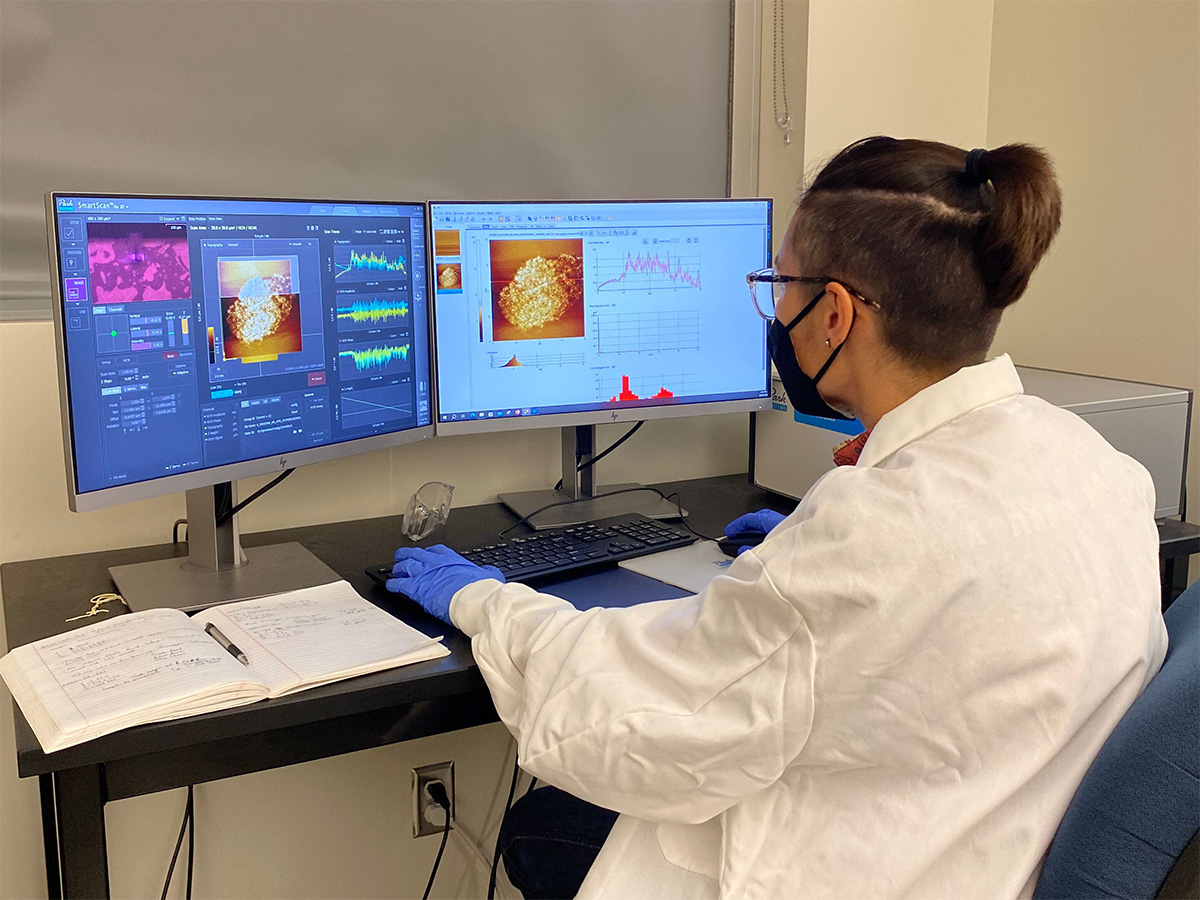
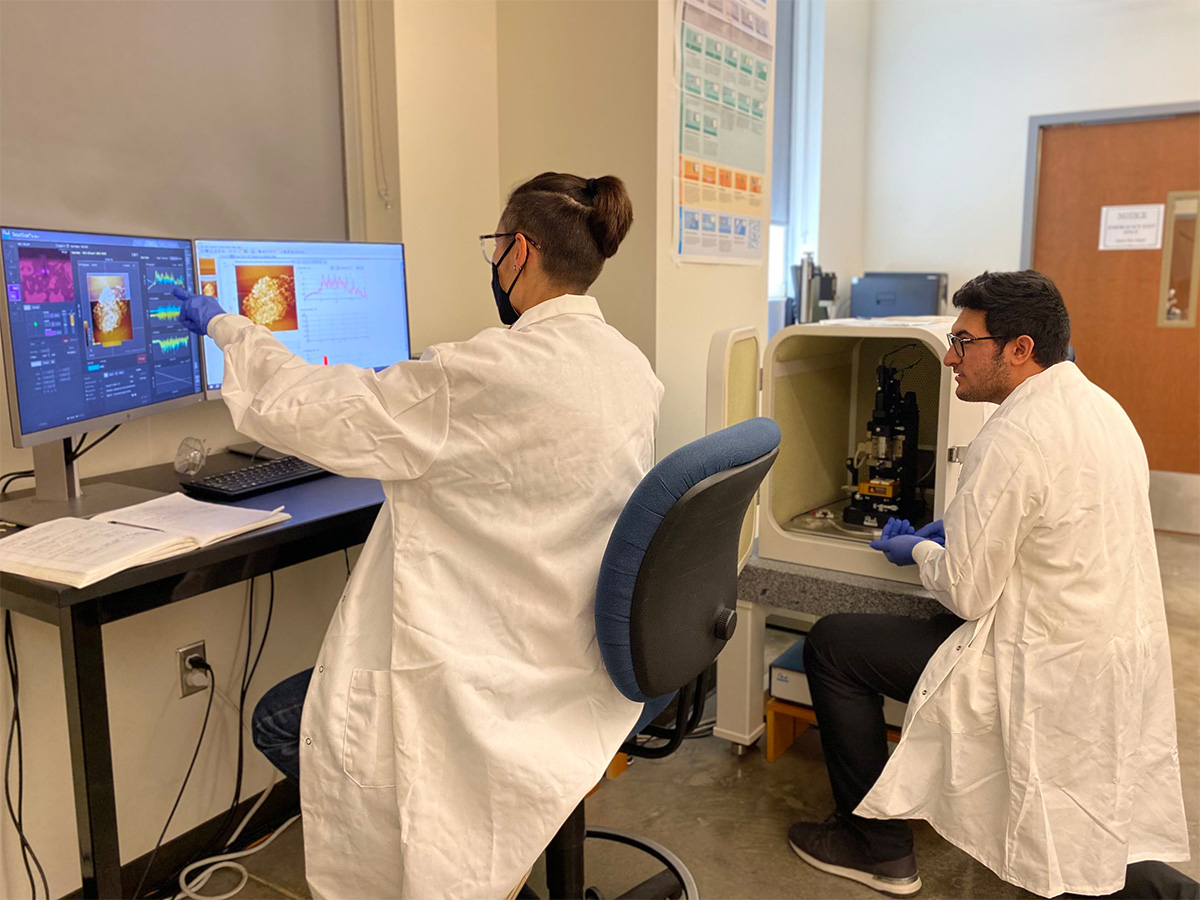
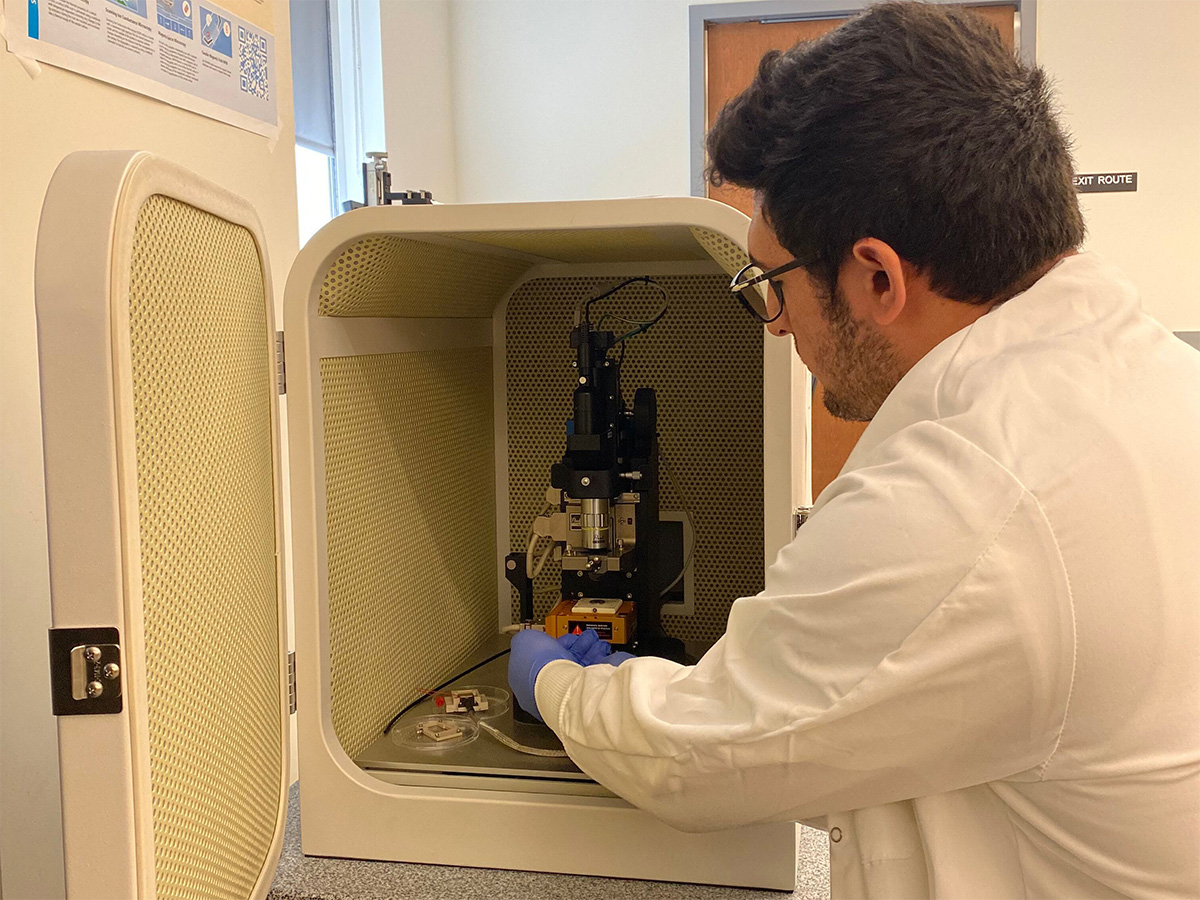
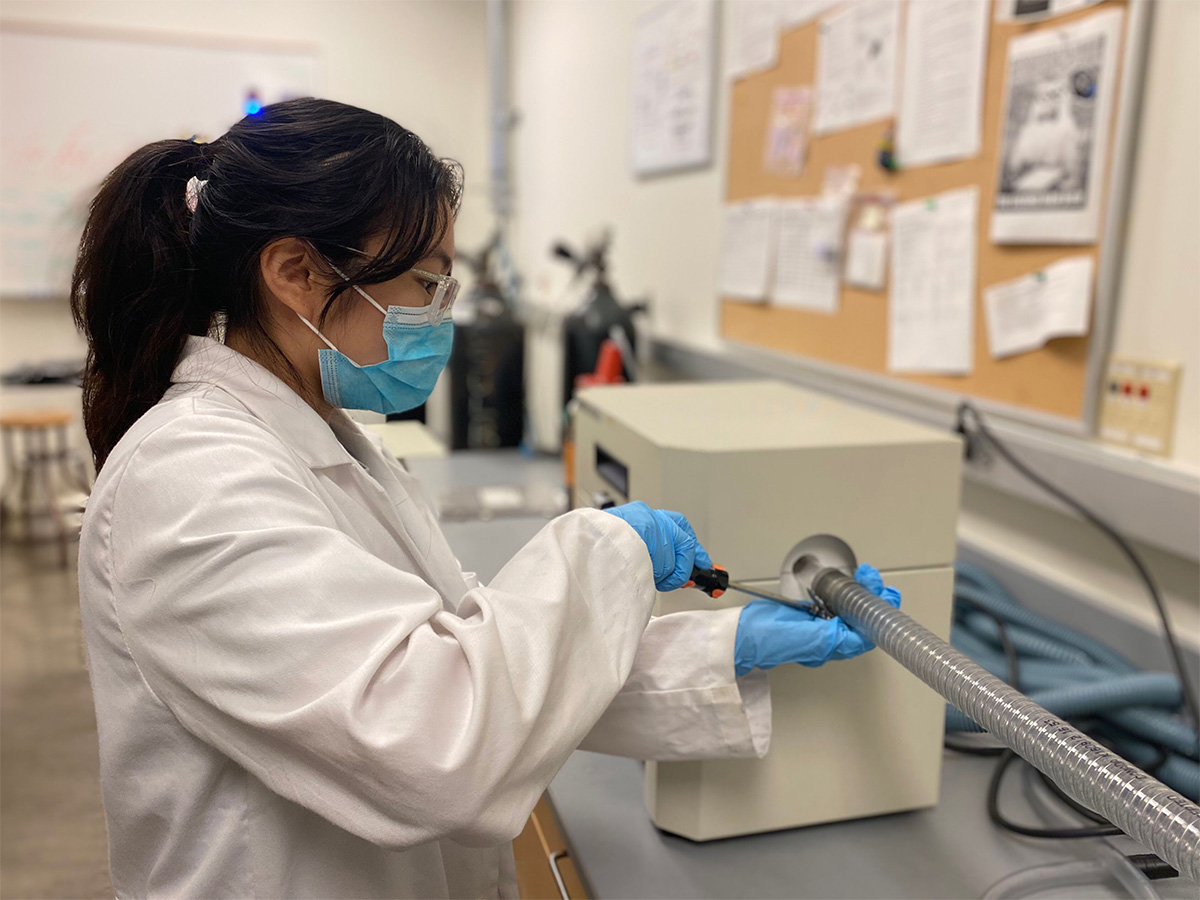
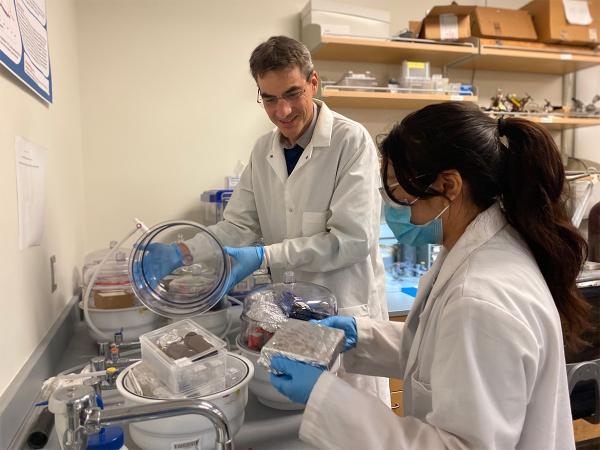
Previous Snapshots
Here are the most recently featured snapshots.
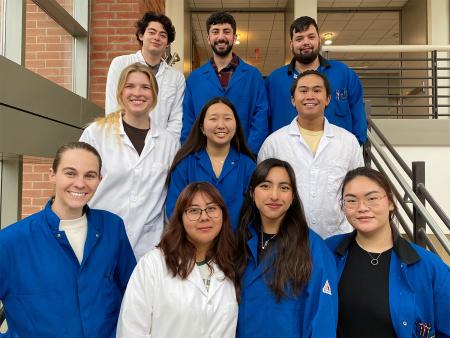
Dr. Julie Wahlman
March 2025 Snapshot
Dr. Julie Wahlman's lab research group focuses on improving and broadening the scope of one type of chemical reaction called cross-coupling, which allows scientists to easily and reliably create complex molecules by stitching carbon atoms together.
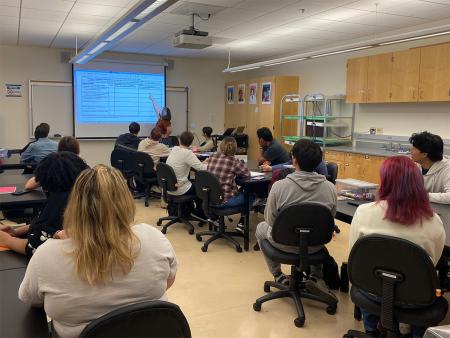
Dr. Amy Ricketts
February 2025 Snapshot
Dr. Amy Ricketts's research aims to impact the ways that science is taught at the elementary school level. Her method uses sensemaking as a guide to aid children in creating a deeper understanding of what they are experiencing in class, as well as the world around them.
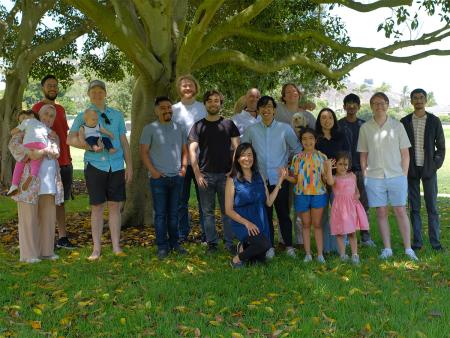
Dr. Claudia Ojeda-Aristizabal
January 2025 Snapshot
Dr. Claudia Ojeda-Aristizabal and her student researchers study how electrons travel through materials with exotic properties in her lab, the Nanoelectronics Group. Understanding how electrons respond to different materials has the potential to make major impacts on current and future technology, such as quantum computing and low-energy-consumption microdevices.





